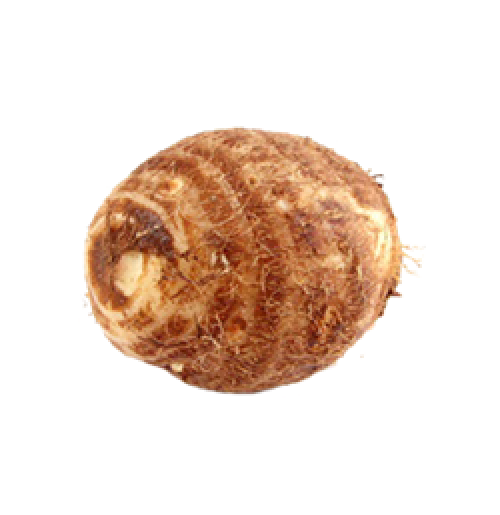go ahead, we are taking orders for this THU / FRI delivery !!!. || Click here to opt for ZEN and avoid Minimum Order
- my shopping list -->
-
-
Cart Details
your shopping cart is empty!
Clear cart!
Oopss, are you sure you want to move away from this page... You were in the middle of editing an existing order, and may want to complete the transaction by hitting the checkout button
Checkout
Clear Cart
Delivery Charge Addition
Since your modified order is below Rs 1000, a delivery charge of Rs 30 will be added to service the order
Thank you!
Continue Checkout
Close
Minimum Order not met!
We service orders above Rs. 5. Please add more produce to the cart for us to process your order.
Alternatively you can save this order for later.
Thank you!
Continue Shopping
Express Delivery!
Please login to view the express category Products
Close
 Wallet 0
Wallet 0
0
Oopss, are you sure you want to move away from this page... You were in the middle of editing an existing order, and may want to complete the transaction by hitting the checkout button
Move away
Continue Shopping

Arbi (Colocasia / Kesavina gedde)
-
Rs45
Qty :
Despite its Hindi name, arvi or arbi, which may suggest to a layperson a connection, however faint, with the Arab world, colocasia is one of the oldest vegetables of the Indian Subcontinent. Before the potato taking over the kitchens in such a comprehensive manner, colocasia was the preferred tuber.
Brown coloured skin with white pulp inside, arbi is a starchy root vegetable cultivated in Asia and enjoyed all around the world. It is called Taro root in English,
The taro roots have a nutty flavor.
Use: in the south, in Kerala, the tuber is fried or curried and eaten with rice. Could also be used for preparing taro chips, crispy taro pancakes, taro cheesecakes, taro fries, and taro buns.
Best way to consume it is boiled or steamed arbi which could be mixed with onions and lemon juice for good taste. You could also dress it with some coriander leaves for a wholesome platter.
Benefits:
- Taro root is a fiber-rich food. Dietary fiber has the potential to maintain the blood sugar level. Hence it is helpful in diabetes management.
- Helps improve digestive health
- Good source of dietary fiber and potassium that help in heart health.
- Lower in fat and sodium aiding prevention/management of hypertension
- Arbi, being rich in fiber content makes your stomach feel fuller for longer hours and reduces the number of calories intake throughout the day.
